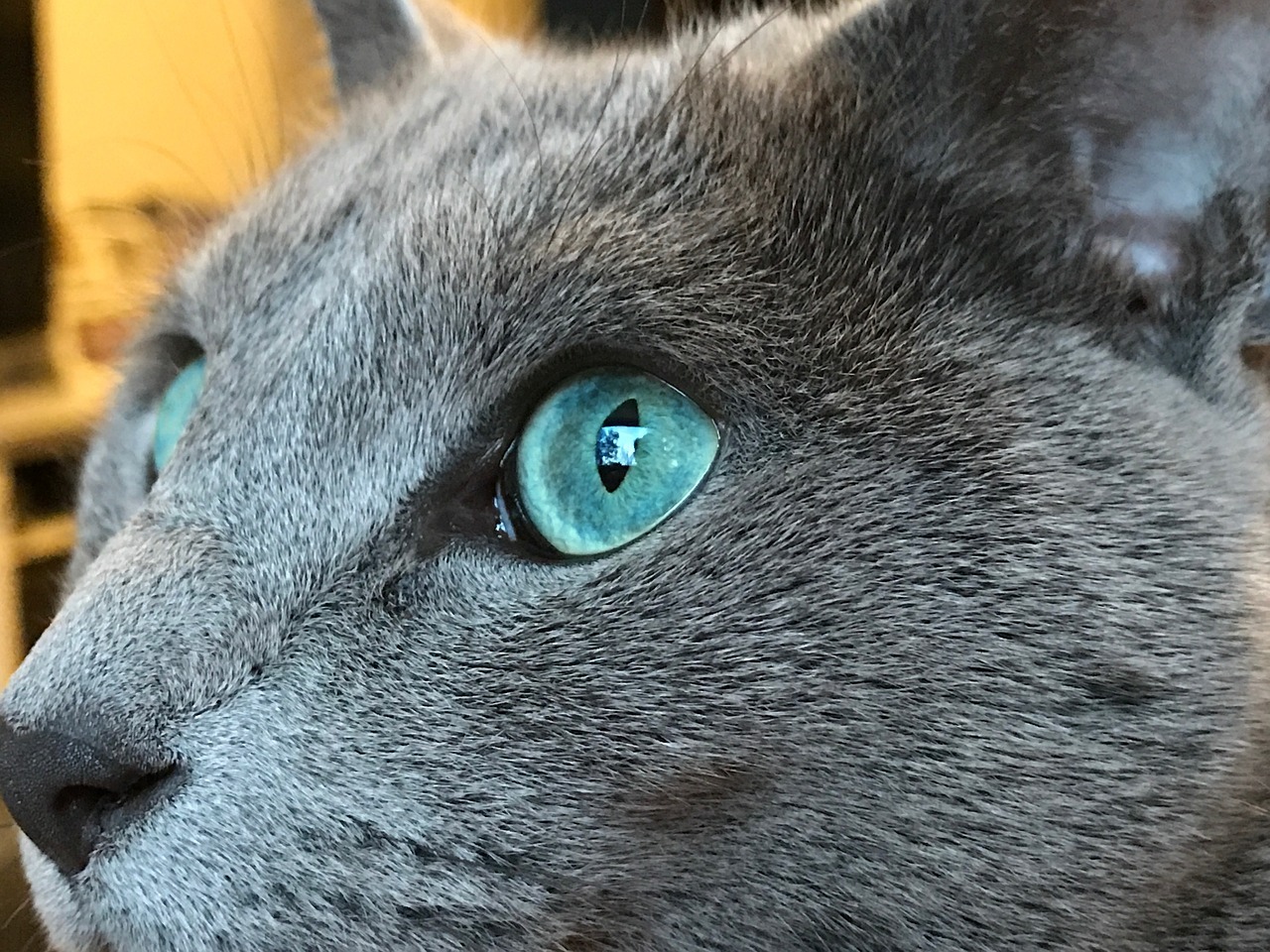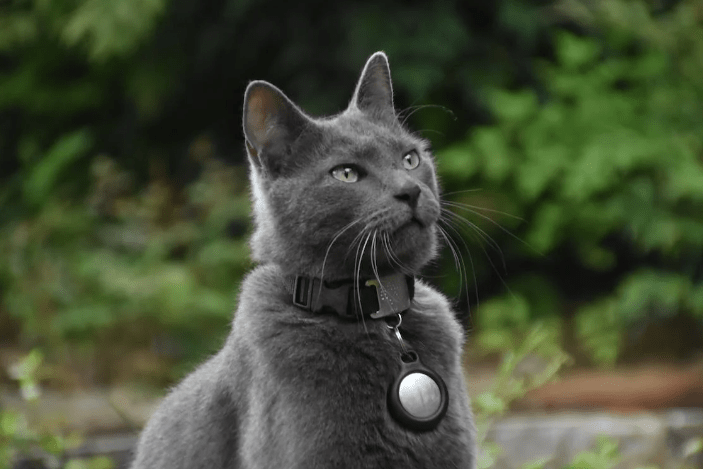The Russian Blue cat breed comes in varieties of colors from a light shimmering silver to a darker, slate gray. It has a sophisticated yet well-built body that’s why one cat judge proclaimed it as the Doberman Pinscher of cats. This breed can develop close bonds with their owners and a lot of people like them as pets because of their beauty, coat, and personalities. Let us know more about the history and characteristics of the Russian Blue cat.
History
Like other cat breeds, little is known about the origins of the Russian Blue cat. But it is a naturally occurring breed that may have come from the port of Arkhangel’sk in Russia that’s why they are also sometimes called Archangel Blues. In the 1860s, it was believed that sailors took Russian Blues from the Archangel Isles and brought them to Great Britain and Northern Europe.
The first recorded appearance of the Russian Blue outside of Russia was at the Crystal Palace in England in 1875 as the Archangel Cat. The Russian Blue and other blue cats competed in a class until 1912 when it was given its own class. The breed was then developed until after the Second World War in England and Scandinavia. The war almost put an end to the breed because very few cats survived the years of privation. This was the reason why British and Scandinavian breeders turned to other breeds such as the Siamese and the British Blue to help revive their bloodlines.
The influence of the Siamese cat made the breed look more extreme and the texture of their coats changed as well. It took many years before the original appearance of the breed was brought back through combining British bloodlines that emphasized plush, silvery coats, and Scandinavian bloodlines which are popular for producing green-eyed cats and as well as flat profiles. The result of this was the Russian blue of a moderate type that we see today.
Russian Blue cats were first imported to the United States in 1900 but it was only after World War II in 1947 that American breeders started to develop their own lines from cats that were imported. In the present time, Russian Blue cats are popular show cats and as well as loving pets.
Characteristics of a Russian Blue Cat
Average weight: 7 – 12 pounds
Life span: 10 – 15 years
Hypoallergenic: Yes
Russian Blue cats appear to be larger than they are because they have extremely dense and soft double coats. They are great pets for those with allergies because they shed less compared to other cat breeds. Male Russian Blue cats can weigh from 10 to 12 pounds while females can weigh from 7 to 10 pounds. Their eyes are yellow with green rims as a kitten and become bright green as they age and they are its most distinct feature.
The Russian Blue is a long and slender cat that has a triangular-shaped head. It is fine-boned with large ears, a broad forehead, and a straight nose. But even though it is slender, it is a very strong and muscular cat and it has long legs that allow it to run fast. This is the reason why it is referred to as the Doberman Pinscher of cats. It is also known for having a natural “smile”.
Russian Blue cats are sweet-tempered and loyal cats and they love to follow their owners everywhere. They can be attached to one pet parent in particular but they still demonstrate affection for their whole family and they demand that affection in return. They are very vocal and they use their voices to let their parents know when they want to play, snuggle, or eat.
They are sociable creatures but also enjoy alone time by seeking a quiet nook where they can sleep. They will not mind if you’re out for work all day but when you’re at home, they will ask you for a lot of play time. Although they are sociable creatures, they might shy away from visitors and may hide especially during large gatherings.
Russian Blue cats can be great with children that treat them kindly and respectfully. They are patient and gentle that’s why they should be protected from rough treatment, so always supervise children that want to pet them. Aside from children, they are also accepting of other animals like dogs as long as these are friendly to them.
Caring for a Russian Blue Cat
Russian Blues are known to be very intelligent cats, therefore, they require physical and mental stimulation by giving them access to toys at all times. Also, maintaining a good hygiene routine is important so that your Russian Blue will only need minimal grooming and healthcare. Their dense coats should be combed twice every week to remove dead hair and distribute skin oils. Remember to brush their teeth daily and trim their nails every two weeks to keep them fresh and clean. Bathing them during their shedding season will also help you get rid of excess hair more quickly.
As much as possible, keep your Russian Blue cat indoors only to prevent it from acquiring diseases from other cats, from being attacked by dogs and other animals, and from being hit by a car or being stolen.
Russian Blue cats love mealtime, therefore, make sure that your pet does not overeat. It might ask you for food multiple times a day but you should remain firm and stick to the scheduled feeding times. You can also use measured amounts of cat food and try to avoid too many cat treats.
So, if you’re searching for a loving and gentle pet, your whole family will definitely love the Russian Blue cat. Having this sociable Russian Blue fur baby will never make you feel alone.


